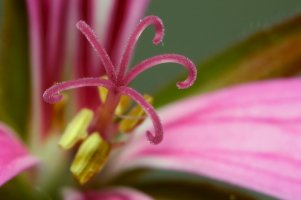A
Alumina
Guest
Hey Everyone! I'd like to show off my work a tiny bit. Anyone with tips and advice is welcome! (but don't be mean  ) and please bear in mind that I'm only photographing since November 2011, and only had a macro lens since February this year. Everything is shot with a Rebel t3i and a 100mm f/2.8 USM lens (the 500dollar one)
) and please bear in mind that I'm only photographing since November 2011, and only had a macro lens since February this year. Everything is shot with a Rebel t3i and a 100mm f/2.8 USM lens (the 500dollar one)
This shot is one that I'm the most proud of
1.
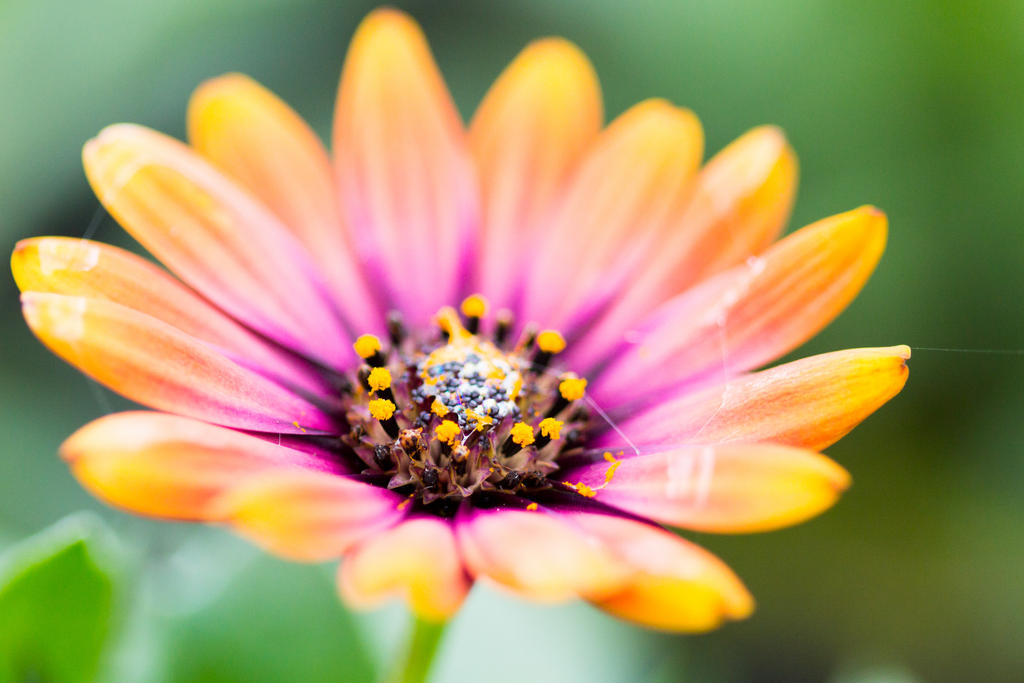
2.

3.
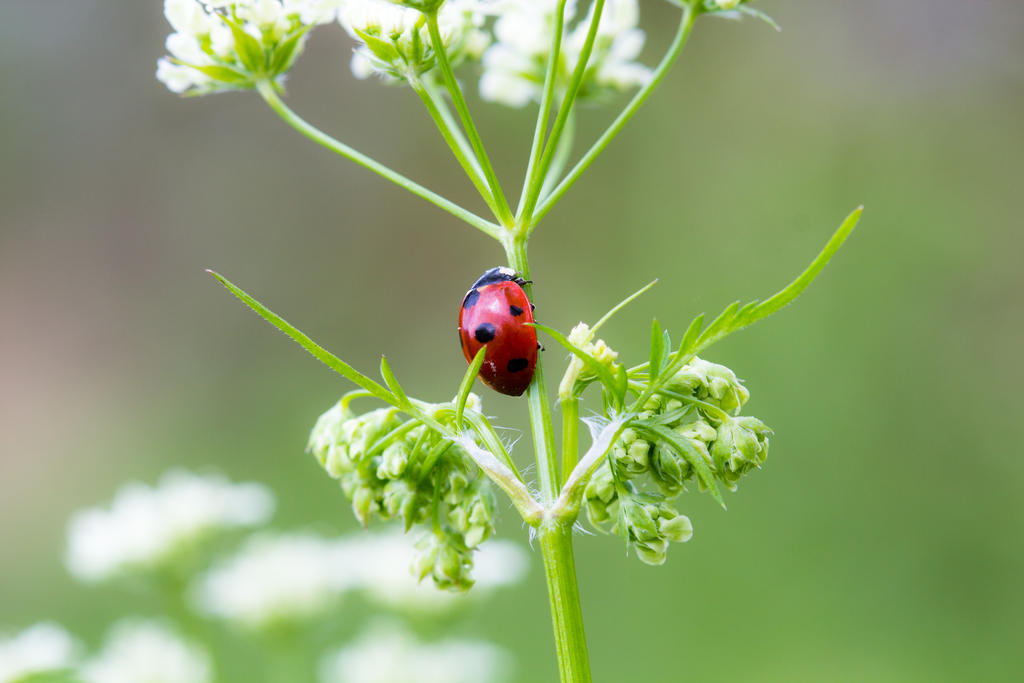
4.

5.
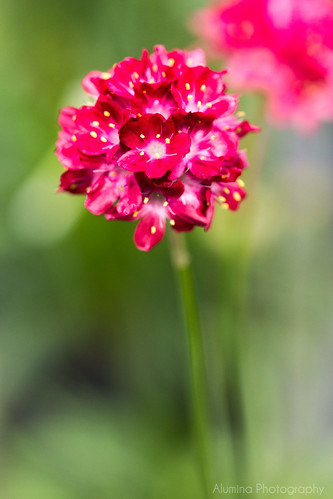
6.
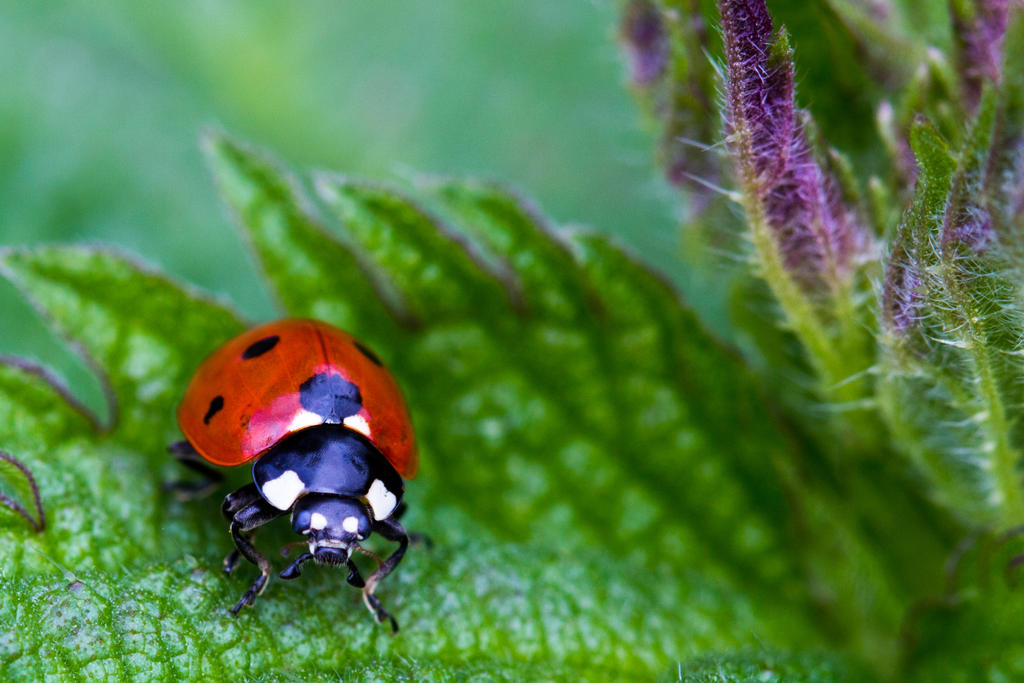
7.
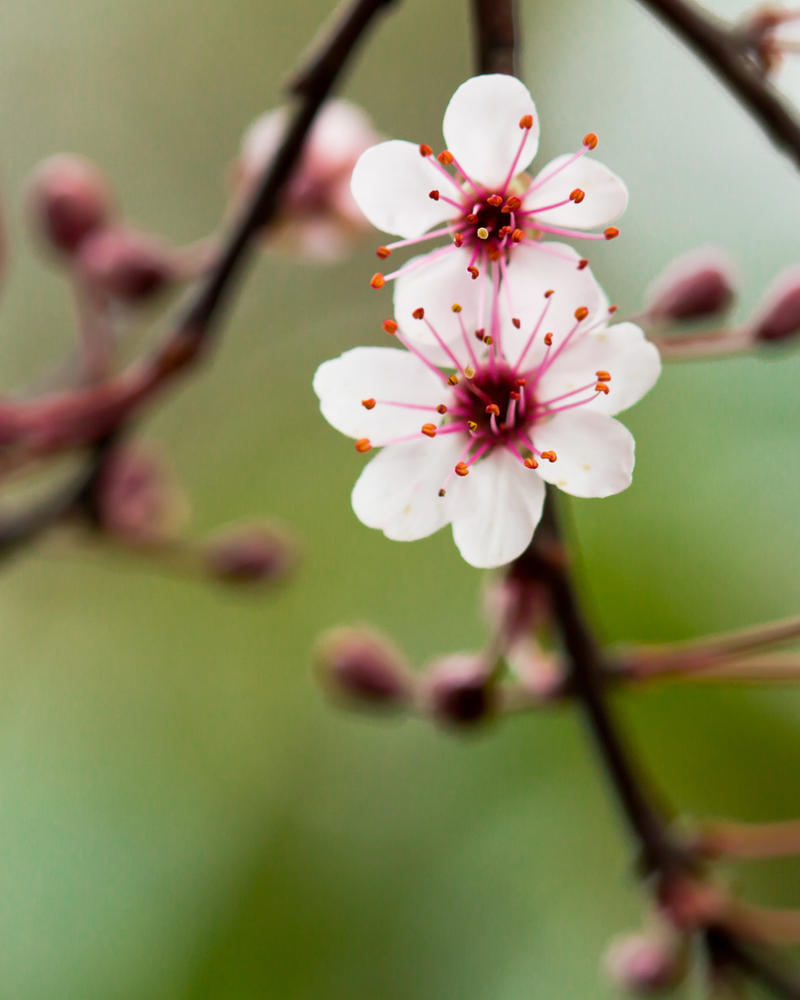
8.

And I have lots more, but lets not make a huge topic here. I hope to get some feedback from you guys!
You can find more of my work here:
Deviantart
Flickr
My Website
This shot is one that I'm the most proud of
1.

2.

3.

4.

5.

6.

7.

8.

And I have lots more, but lets not make a huge topic here. I hope to get some feedback from you guys!
You can find more of my work here:
Deviantart
Flickr
My Website

